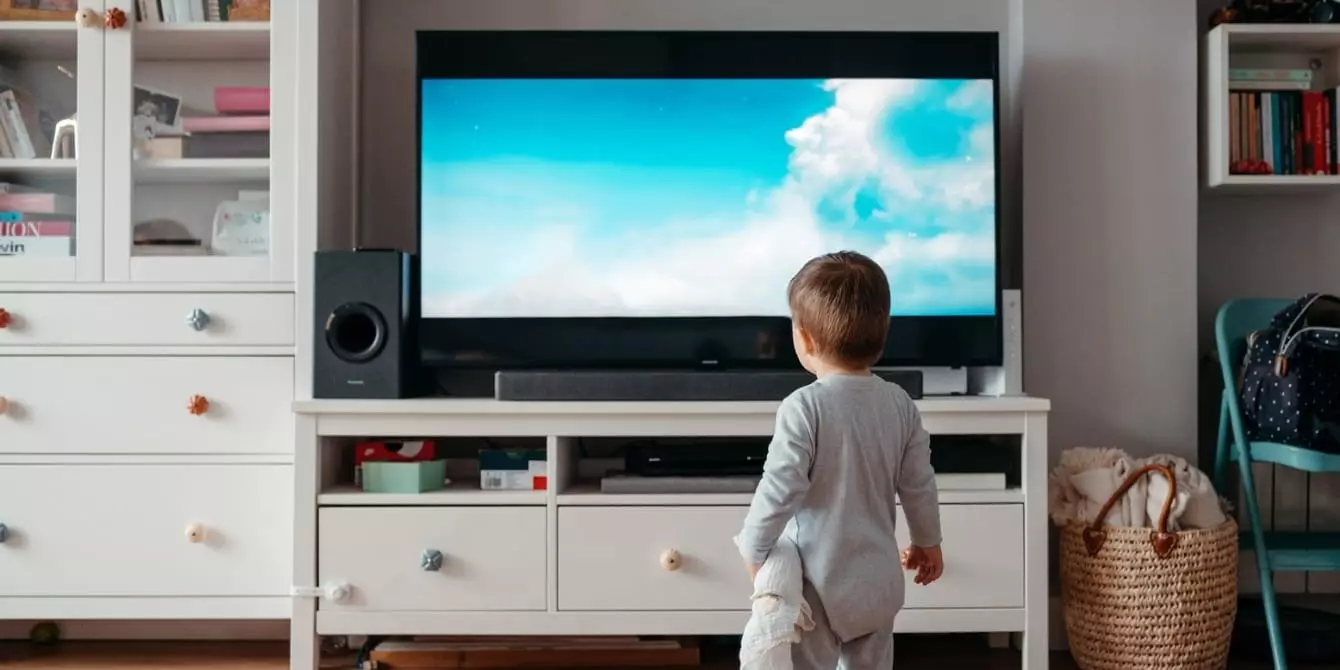As a modern parent, the decision to embrace a “digital minimalist” lifestyle can feel exceptionally challenging yet rewarding. In an era saturated with screens and distractions, it’s easy to succumb to the allure of technology, especially when marketed as a convenient solution to managing children’s boredom. However, opting for a screen-free upbringing not only preserves the innocence of childhood but also cultivates creativity and independence in young minds. My experience, shaped by both caution and curiosity, has led me to advocate for a more mindful approach to technology in parenting.
Technology and Its Dual Nature
While I respect technology for its potential to enhance our lives—my iPhone, for instance, has been pivotal in shaping my writing career—I cannot ignore the detrimental effects it can have on children’s development. In a world where children are bombarded with flashy toys, addictive games, and mindless TV shows, the act of surrendering a child’s attention to a screen becomes a double-edged sword. The marvels of technology can overshadow the simplicity and joy found in traditional, hands-on play and creativity.
The reality is that children thrive in environments rich with imagination, physical activity, and social interaction, while excessive screen time can stifle these elements. By prioritizing a life devoid of constant digital engagement, my children explore the world around them with vigor and curiosity. I am not advocating for the complete banishment of technology but rather a trip towards balance—one that allows children to embrace both their imaginative capabilities and the occasional joy that technology can bring when used thoughtfully.
The Path to a Screen-Free Life
Setting boundaries around technology begins at home, and it’s simpler than many parents might believe. One of the most effective strategies we’ve employed is ensuring that screens are out of sight. When devices are inaccessible, children naturally lose interest and learn to engage with alternative stimuli. I’ve observed firsthand how swiftly my children shifted their focus—from longing for a tablet to being captivated by simple household items, such as pots, pans, and scrap paper.
Another powerful tool is modeling behavior. Children are ever-watchful mimics. By consciously minimizing our screen use in their presence, we inadvertently teach them that life can be enjoyed without constant digital engagement. Engaging and playing with them, as opposed to being distracted by our phones, allows for genuine interaction and helps them develop social skills and emotional intelligence—crucial assets for their future success.
Embracing Nature as a Playground
One of our family’s most cherished rituals has been spending time in nature. Nature serves as an unbeatable playground that stimulates the senses without overwhelming them. The fresh air, diverse textures, and vibrant colors present an environment where imagination can flourish. Every walk becomes an adventure, where simple interactions with leaves, stones, and sky can transform a mundane day into a tapestry of wonder.
I often recall moments when we were outside: the simple joy of watching clouds drift by or the thrill of discovering a ladybug. Nature encourages exploration, allowing children to cultivate curiosity and appreciation for their surroundings—an important lesson in self-discovery that screens cannot provide.
Creating Structure and Routine
A predictable daily rhythm has been fundamental in creating a sense of security in our home. Routine helps alleviate the anxiety children might feel in the absence of screens, and it allows for transitional periods that might otherwise prompt device use out of boredom. Implementing regular schedules for meals, playtime, and naps gives children a framework within which they can thrive.
With our established routine, there are fewer voids that lead to reaching for a device for quick entertainment. As parents, navigating the day becomes easier, as both children and adults grasp what comes next. Moreover, these patterns are essential in fostering independence, as children learn to anticipate events rather than relying on screens to fill every moment.
Relying on Connection, Not Distraction
It is essential to recognize that the greatest gift we can offer our children is connection—both with us as parents and with their peers. Techniques such as wearing babies in slings can support their need for proximity, allowing them to feel included in our daily lives without becoming overly reliant on technology. The world becomes a learning environment, with moments of sensory engagement rather than passive observation through a screen.
When parents consciously choose to keep digital devices at bay, they create a culture of interaction that emphasizes personal connection over superficial, screen-mediated engagement. Ultimately, reducing screen time does not equate to depriving children of joy; instead, it positions them to discover pleasures in the world around them, offering them both knowledge and fulfillment as they navigate childhood. With the right balance, we can guide our children toward a future where technology enhances rather than defines their experiences.

